-
Welcome to Tacoma World!
You are currently viewing as a guest! To get full-access, you need to register for a FREE account.
As a registered member, you’ll be able to:- Participate in all Tacoma discussion topics
- Communicate privately with other Tacoma owners from around the world
- Post your own photos in our Members Gallery
- Access all special features of the site
Opinions wanted on welding core support
Discussion in 'Garage / Workshop' started by kidthatsirish, Apr 1, 2024.


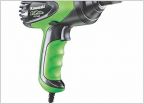 Recommend an electric impact wrench
Recommend an electric impact wrench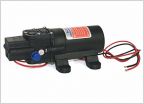 Solved! - Identifying Plumbing Fittings for Water Tank for my Rig
Solved! - Identifying Plumbing Fittings for Water Tank for my Rig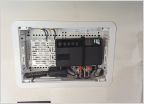 Bump in the...garage
Bump in the...garage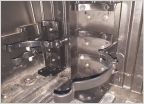 Tool for installing rivet nuts, nutserts rivnuts, etc
Tool for installing rivet nuts, nutserts rivnuts, etc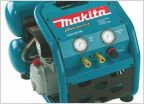 Recommendation for Air Compressor
Recommendation for Air Compressor











































































